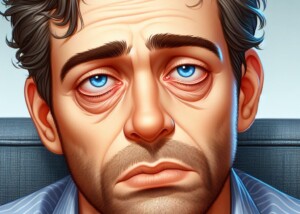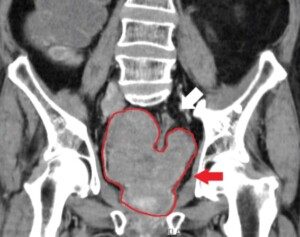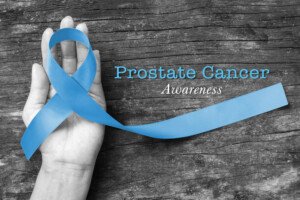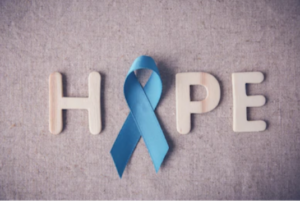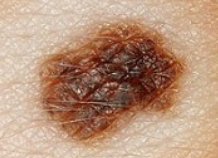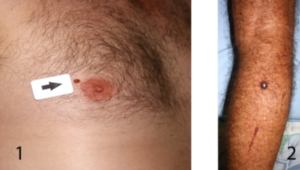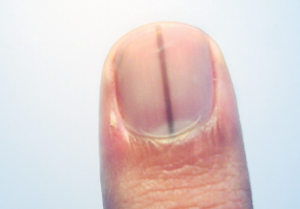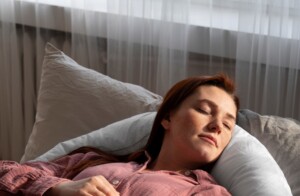
If a light sleeper could be wakened by a pin dropping 300 feet away, you’d think that most or at least many apnea events would jolt the sleeper to full wakefulness.
Light sleepers have been known to awaken at the slightest sound. So how is it that they can sleep through being choked?
“The answer may be embedded in your question,” says Joseph Krainin, MD, board certified in sleep medicine and neurology and founder of the online sleep apnea clinic Singular Sleep.
Dr. Krainin explains, “In many cases, ‘light’ or non-restorative sleep is due to sleep apnea.
The breathing events are waking you up and preventing you from achieving consolidated, refreshing sleep.”
But wait a minute here. If you’re being awakened — and that could mean dozens of times an hour — how could you sleep through all of this?
Dr. Krainin says, “Most of the time the obstructive breathing events result in very short brain awakenings called ‘arousals’ that only last a few seconds and, therefore, are too short to get stored in conscious memory.”
It’s amazing nevertheless that a person could sleep through a repeatedly blocked windpipe that causes a struggle to get in air.
But it happens, which is why many people with obstructive sleep apnea deny that they could have this problem – even if they can’t get through the day without frequent or long naps.
“Awakening (>15 sec) is more memorable,” says Dr. Nancy Foldvary-Schaefer, DO, MS, and Director, Sleep Disorders Center, Cleveland Clinic.
“Most people are very surprised when they hear the results of their sleep study in terms of arousals.”

 In 2013
In 2013  Certified by the American Board of Neurology and Psychiatry in Neurology, Clinical Neurophysiology and Sleep Medicine,
Certified by the American Board of Neurology and Psychiatry in Neurology, Clinical Neurophysiology and Sleep Medicine, 
